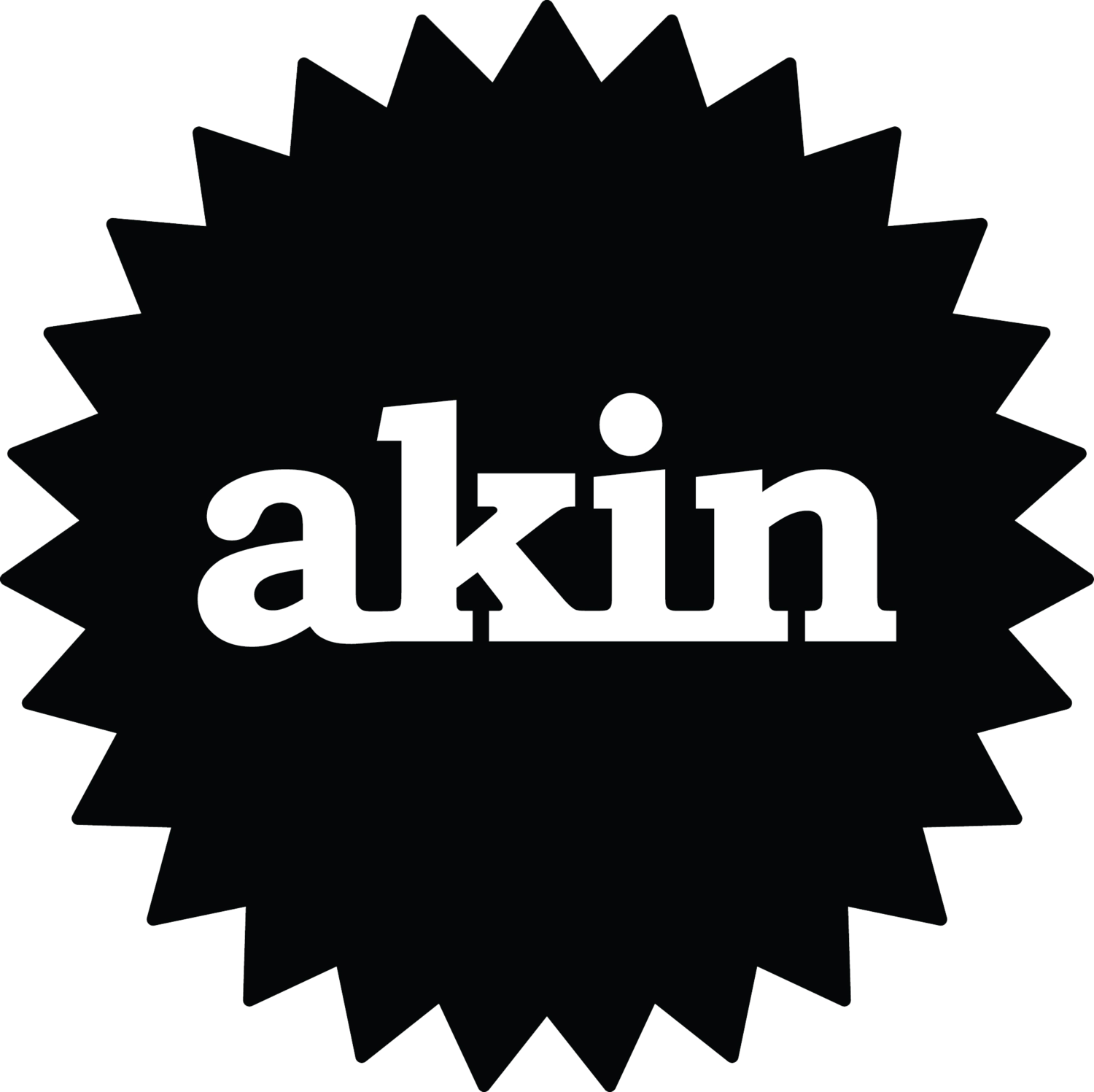Erin Loree & Oliver Pauk - January 13-28 at Angell Gallery
Angell Gallery invites you to join them in 2017 with new exhibitions by Erin Loree & Oliver Pauk! Opening Friday January 13th from 7-9pm. On view from January 13-28.
ERIN LOREE
The paintings in Erin Loree's The Good Glazier are complex abstracts inspired by the Zen concept of "beginner's mind" - an attitude that embraces openness and being in the present moment. The swirling rhythms, glowing colour and bold scale for which she is known are still present, but are further worked through a slow building and removing of paint, resulting in richly layered surfaces that reward extended looking.
The show's title, an inversion of the Baudelaire poem, The Bad Glazier, signals Loree's desire that the new works evoke windows into psychic spaces. To create these visionary portals, Loree begins with veils of transparent acrylic, over which oils are applied, scraped away, then re-applied, using a variety of tools including rags, squeegees, cardboard and brushes. In a process in which intention and intuition are equal partners, painterly instinct both drives decision and embraces accident.
"Each layer is critical because the colour of the layers, and the order in which they are applied, alter how each layer interacts with what exists beneath it," says Loree, who seeks to balance the delicate, carefully considered mark with the bold and spontaneous gesture. The works evolve over time and surfaces are continuously reworked and disrupted, leaving stains and traces of previous marks.
There is much here to occupy both eye and mind. Areas of high gloss jostle patches of velvety matte textures. Thick impasto punctuates broad, fluid strokes. Luminous tones of transparent acrylic contrast with scraped slabs of opaque oils, creating a palpable sense of depth. The darkness that is an inevitable part of the human journey is present, yet counterbalanced by a light that seems to emanate from within the paintings. A 21st century mystic, Loree as The Good Glazier offers viewers a channel into their own inner worlds.
OLIVER PAUK
The artwork of Oliver Pauk engages with the prime constant of our digital environment: entropy. At every stage of its lifespan, and even prior to its creation, a piece of digital media is subject to the tremendous forces of entropy. While the dream of the internet involves navigating a seamless convergence of total information, the actuality much more closely resembles a patchwork of contingent translations between networks and documents, databases and algorithms, filetypes and protocols. A file is selected, uploaded, formatted and compressed; it gets filtered, transmitted, curated, or sorted; it becomes recalled, downloaded, archived, or forgotten. But at each step, something is missed, garbled, or reversed. The seemingly endless, weightless transmission of information in the cloud is, in fact, fuelled by loss.
Beginning with the selection of particular objects with peculiar qualities-broken crystal, pieces of found rubber, plastic mesh, and other detritus-Pauk creates a place of potential through compositions so sensitively assembled as to appear incidental. From here, Pauk slowly and deliberately occludes these configurations, first by painting them in part or whole with a solid color, and then by photographing the results and transforming them digitally through various programs and processes, some automatic and scripted, others painstaking and arduous.
In this way, he excises the images of their most recognizable features while emphasizing what remains, re-enacting and reversing the entropic processes underlying the distribution of digital content. Pauk's doctoring recalls in some ways the artifacts and mispatterning typical of Tauba Auerbach or Wade Guyton, where the interfacing of the artist's hand and mechanical processes yield impromptu abstractions. Pauk does not seem to be interested in accidents, however. The work likewise bears traces of the procedurally-engineered compositions of pioneering digital artists like Frieder Nake and Manfred Mohr, though Pauk is not a process artist. Ultimately, his anti-images have much more in common with the work of Gerhard Richter, whose blurred photorealism and gestural abstraction were both products of careful de-emphasis of the core elements of a recognizable image, what he called the "excess of unimportant information."
The critical absence of this type of information yields another: a kind of metadata of image-making, through which the plainly human recedes and the aggregate characteristics of the work emerge. Unbeholden to the coherence of realism, this aggregate data is translated across dimensions, from space to flatness and back again. Fittingly, Pauk's recent work delves into 3D printing and hydrographics, bleeding-edge technologies that reiterate his transmutational practice, rendering the digital tangible while extruding flat imagery into real space. Thus what Pauk provides are images and objects that have the same physical relationship to reality as all those others that proliferate around us, but which have traversed the digital realm in a completely novel way. From entropy, Pauk finds new forms which could only have been realized through loss.
Text by: Ben Bruneau

